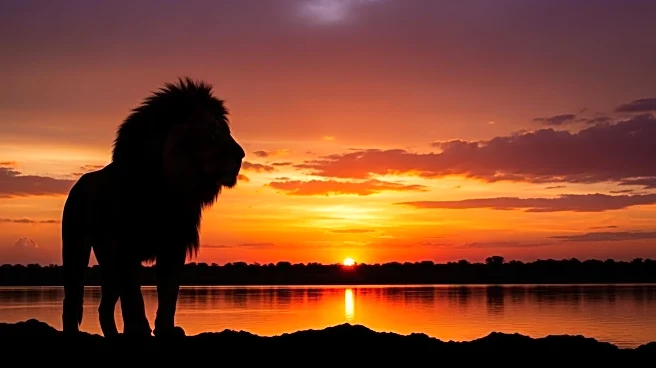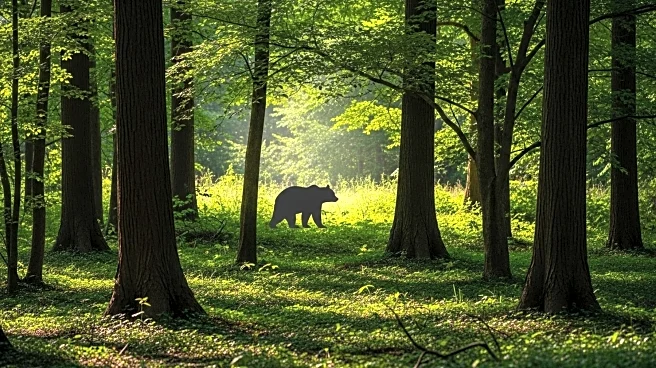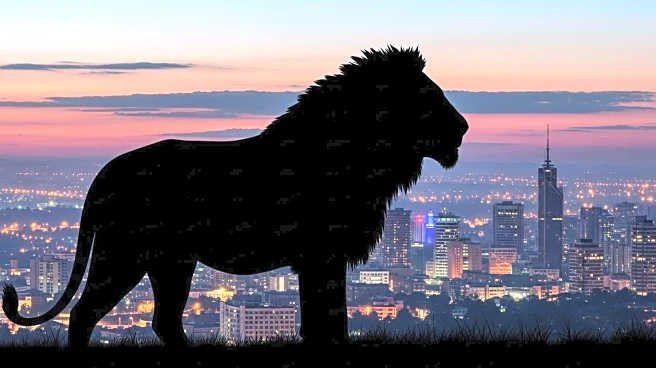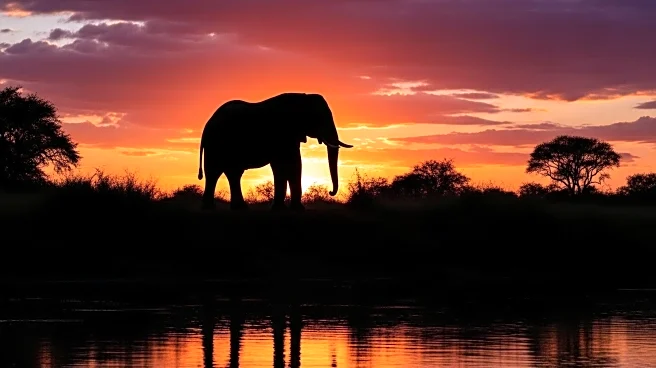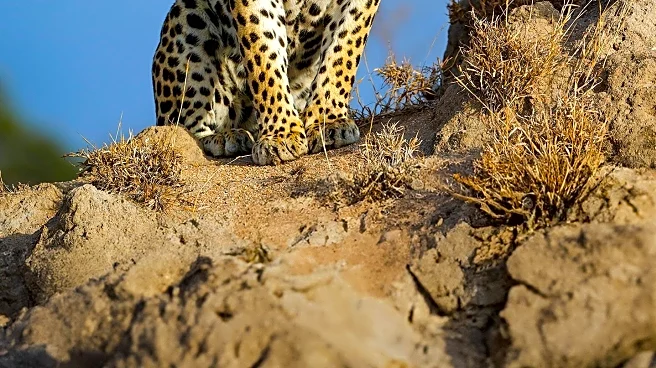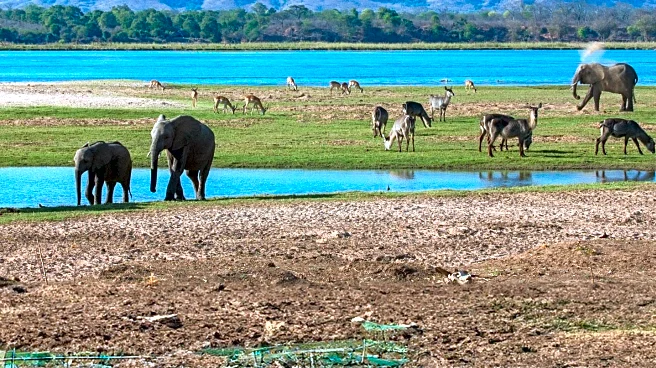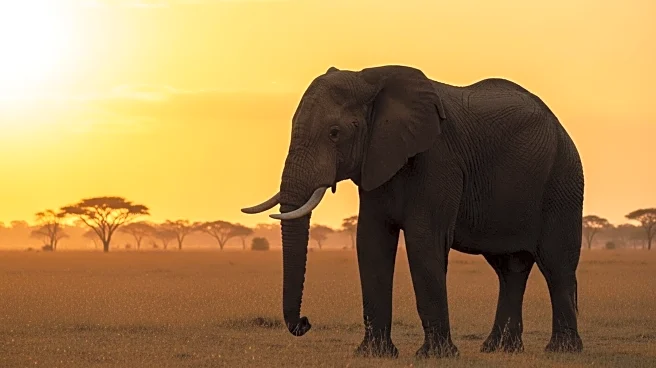What's Happening?
In Nairobi, Kenya, the coexistence of humans and lions has become increasingly perilous as urban expansion encroaches on wildlife habitats. The Kenya Wildlife Service (KWS) is tasked with managing this delicate balance, especially as lion populations face threats from shrinking habitats and changing prey patterns. Recent incidents, including the tragic death of a young girl named Peace Mwende, highlight the dangers posed by lions in residential areas. KWS is implementing measures such as feeding interventions to support lions during difficult hunting seasons. Additionally, a $5 billion plan aims to create a migratory corridor to facilitate wildlife movement between Nairobi and southern conservancies. Despite these efforts, the growing urbanization poses significant challenges to maintaining the safety of both humans and lions.
Why It's Important?
The human-wildlife conflict in Nairobi underscores the broader issue of habitat loss due to urbanization, which threatens biodiversity and conservation efforts. As cities expand, wildlife corridors are essential to prevent further decline in animal populations and to mitigate conflicts. The situation in Nairobi serves as a critical example of the need for sustainable urban planning that accommodates both human development and wildlife conservation. The outcome of these efforts could influence policies and strategies in other regions facing similar challenges, impacting conservation practices and urban development globally.
What's Next?
The success of the migratory corridor project and other initiatives will be crucial in determining the future of Nairobi's wildlife conservation efforts. Stakeholders, including government agencies, conservationists, and local communities, will need to collaborate to ensure the effective implementation of these plans. Monitoring and adapting strategies based on wildlife behavior and urban growth will be necessary to address ongoing challenges. The situation may prompt further discussions on balancing urban development with ecological preservation, potentially leading to innovative solutions in wildlife management.
Beyond the Headlines
The ethical considerations of human-wildlife interactions are significant, as they involve the safety and rights of both humans and animals. The cultural importance of lions in Kenya adds another layer to the conservation efforts, as they are not only ecological assets but also symbols of national heritage. Long-term solutions will require addressing the root causes of habitat loss and fostering a culture of coexistence through education and awareness programs.

